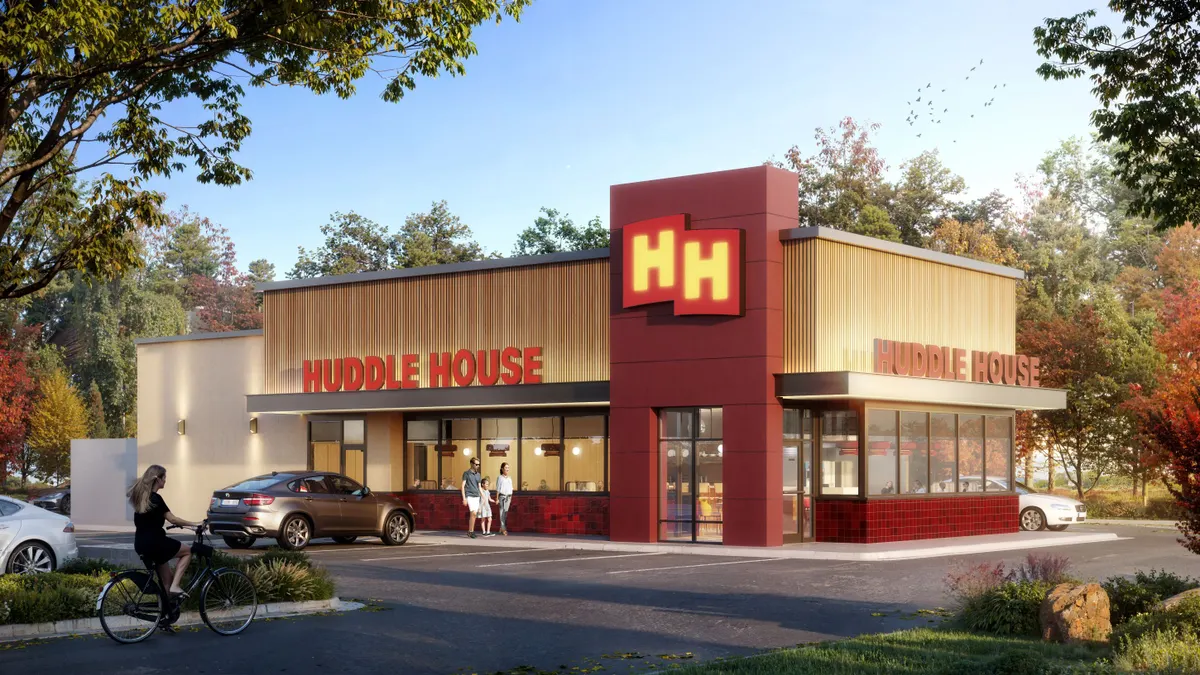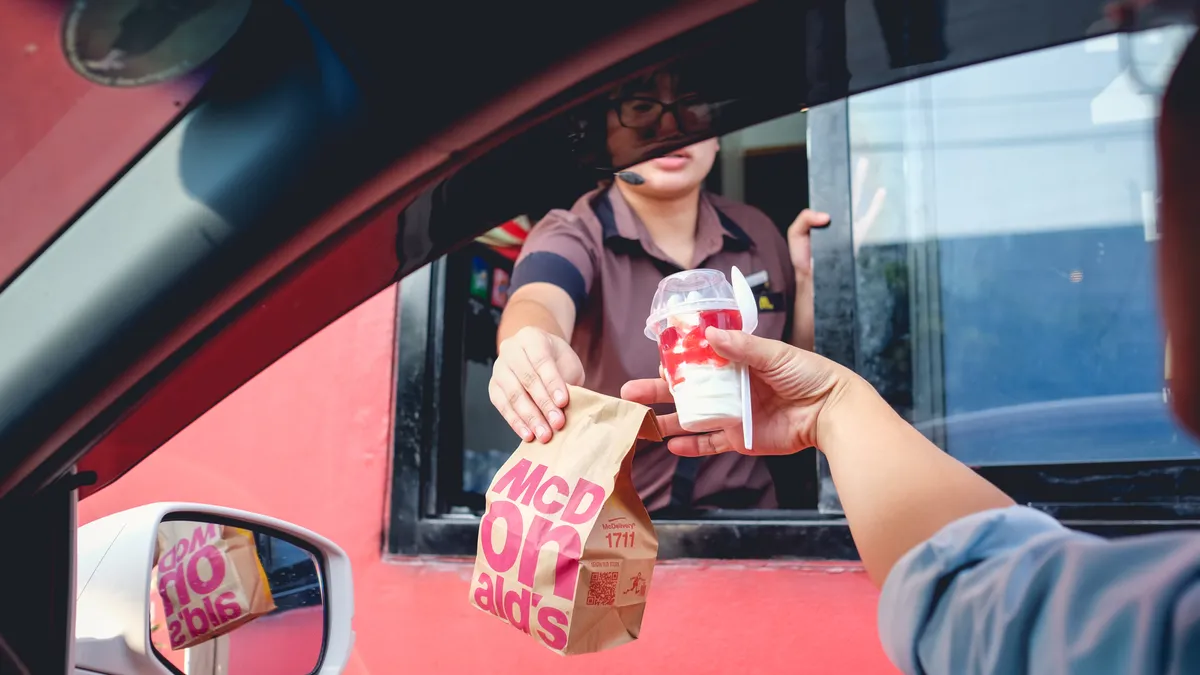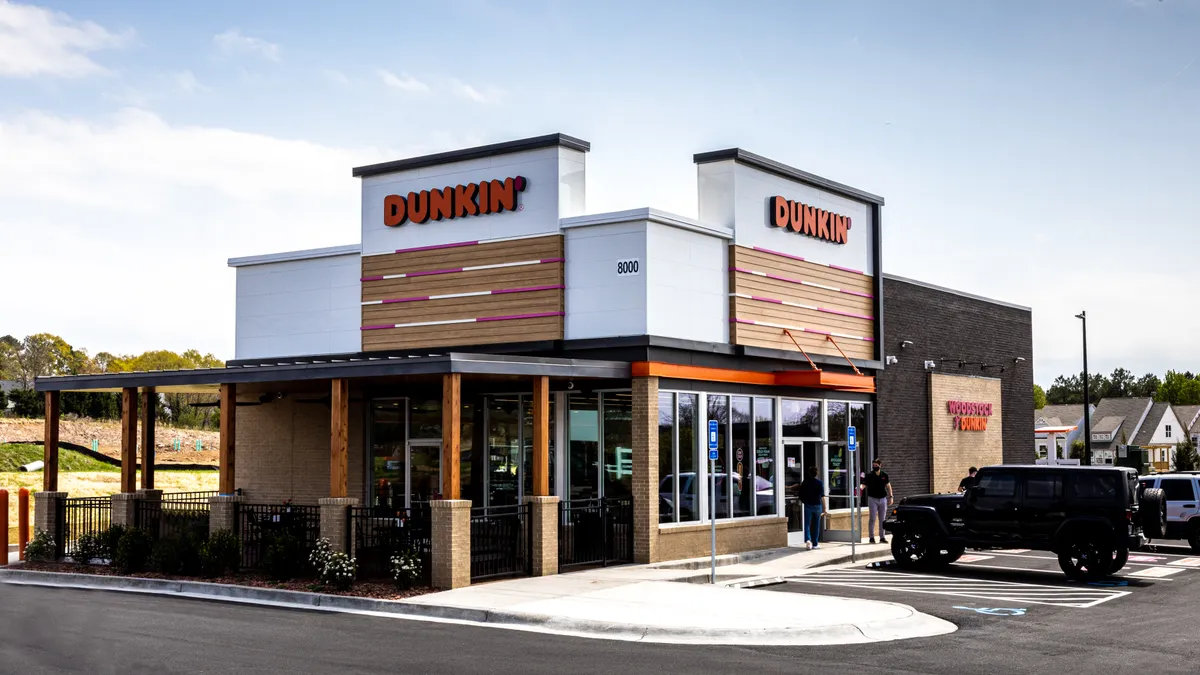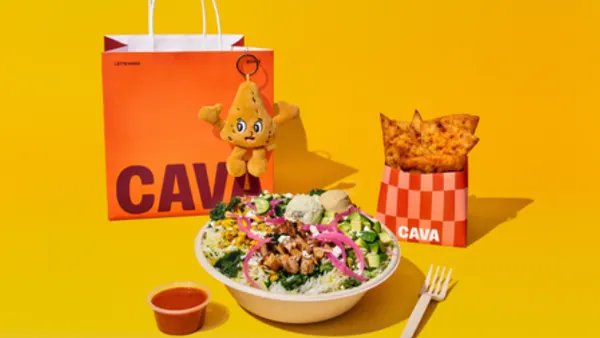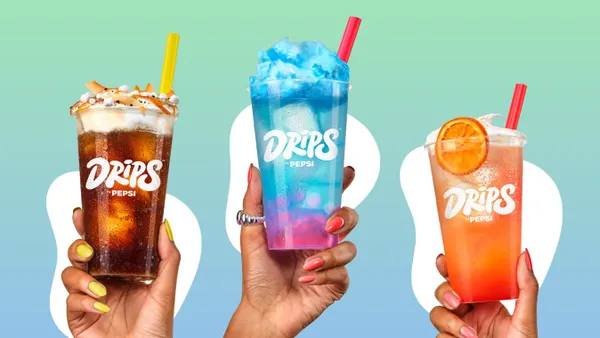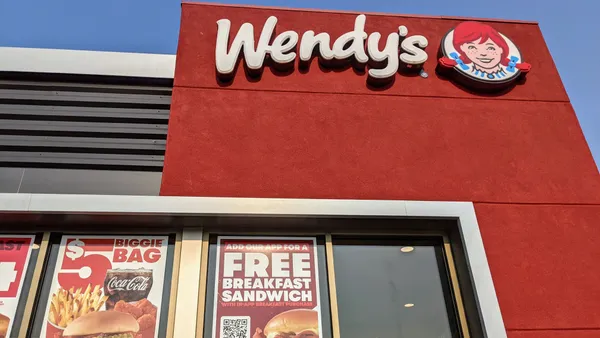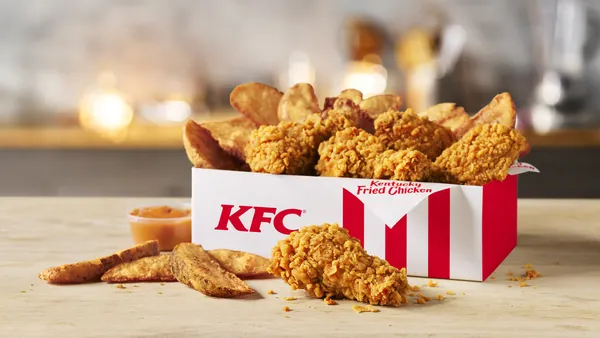Dive Brief:
- Huddle House is launching three new prototypes, including a QSR conversion with drive-thru and walk-up ordering, months after sister brand Perkins debuted its own fast casual spinoff brand, according to a press release emailed to Restaurant Dive.
- The new prototypes are accompanied by a new brand identity, positioning and changes to the casual dining chain’s menu to make its products more suitable for off-premise consumption.
- Ascent Hospitality, the parent company of the two brands, is betting that units and menus suited to a wide range of real estate options will help it grow and avoid the forces eroding other casual dining chains like Applebee’s and Denny’s.
Dive Insight:
With consumers favoring speedy restaurants and fast casual locations, a real estate strategy that can balance brand identity with market-specific needs could help insulate Huddle House from industry pressures.
Huddle House’s low unit volumes — $818,000 per its 2024 franchise disclosure document — mean the brand may have little room to maneuver in a tight consumer environment.
The chain has lost a large portion of its footprint in recent years, according to the FDD. At the start of fiscal 2021, Huddle House had 313 stores open. As of April 2024, the brand had 272 units, for a loss of 41 net stores, or 13% of its base.
Sister company Perkins has suffered a similar erosion of its store system, and is somewhat ahead of Huddle House in the process of rebranding and expanding its real estate targets. Perkins has undertaken a systemic rebrand in recent years, touching its menu, decor and physical design. Last year, Perkins opened the first of its redesigned fast casual stores, and earlier this year it signed a 10-store franchising deal for the concept.
Huddle House’s prototypes are designed for three categories of real estate.
“The new transformed restaurant designs will serve as the blueprint for the transformed Huddle House, opening up new trade areas and new growth potential,” said Blain Shortreed, Ascent’s chief operating officer, in the press release.
The first is suited for small town, mainline restaurants, according to the press release, and is intended to “maintain the brand’s welcoming heart while attracting new and younger guests.”
The second is a plan for second-generation QSR real estate that is designed with suburban and urban markets in mind, rather than small town locations, according to the press release. While these restaurants are not the brand’s first try at operating drive-thrus, Huddle House said in an email to Restaurant Dive that the channel was a significant growth opportunity.
This prototype will be tested with selected franchisees and has a menu combining Huggle House’s core items with “portable options like sandwiches, burgers, burritos, and waffle tacos,” that will help it attract consumers drawn to convenience.
The third prototype announced by the brand is a 500- to 1,200-square-foot store designed specifically for airports, colleges, malls and travel centers. Huddle House said this marked the first time it has targeted non-traditional spaces for development, but does not have any pending developments to disclose.
Other brands had shifted toward nontraditional development in recent years, including A&W and Qdoba. Famous Dave’s, a casual barbecue brand, announced earlier this year that it would shrink its store footprints and shift toward a counter-service model resembling fast casual in many of its new developments to keep abreast of consumer preferences.



